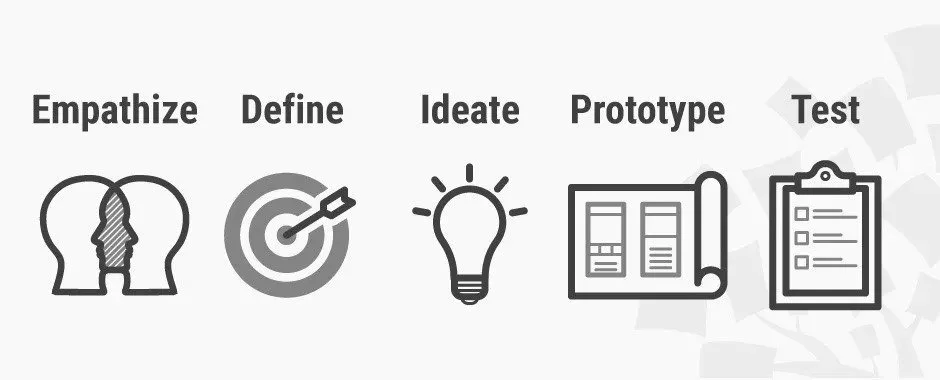Ideation & Prototyping Week 2
50 Shades Assignment
For this assignment, I thought of the multiple cups we use to drink out of. I personally love cups with sturdy handles and fun designs, There are so many different shapes and sizes, a different cups to use for every purpose. When drinking water, coffee, iced beverages, tea, wine, mimosas, etc there is an ideal shape that people tend to prefer drinking out of. When you drink iced coffee out of a hot coffee mug, it feels like something is off right?
These drawings showcase a variety of cups - some that you may have seen before but others that have unique shapes, handles, and balance. I also used different materials to help these drawings come to life such as charcoal pencils to add dimension, neutral color pencils, and crayons to add life to the cup or replicate “foam” or the cinnamon powder on top of a warm drink, and watercolor markers to make unique shapes and designs. After creating all these versions, what stands out to me most about cups is why most of them have the same shape, handles, or the same boring bottom. I started the process by making drawings of cups that I am familiar with but then began branching out and thinking “what if a cup:”
Had two handles instead of one,
Had rings as the handle of the cup,
Had a unique shape instead of a straight structure with a curve at the bottom,
Embodied an animal or cartoon,
Seamlessly fit together like a puzzle,
After seeing examples of the different shapes we can create just by using paper, I also created physical cups using paper and glue. It is fascinating to be able to fold pieces of paper in specific ways to create a physical object!
Materials Used
Black Outlining Tips
Dual Tip Markers
Color Pencils
Watercolor Markers
Crayons
Pencil, Charcoal Pencils, Smudging Stick
The Miseducation of the Doodle - Sunni Brown
&
Sketching: the Visual Thinking Power Tool - Mike Rhode
This article makes me recall my early childhood memories of doodling. I used to frequently doodle in class, maybe not about what my teachers were lecturing on back in the day but more so drawing whatever my thoughts were in the moment. I remember quickly erasing my doodles as my teacher would walk up and down the aisle or cover my drawings so I do not get caught. Later on, I began struggling in my science classes. I specifically recall having a hard time memorizing processes like the Krebs Cycle or Photosynthesis. I struggled with learning conversions in Chemistry class. Reading Sunni’s article brings back my memories of tapping into my artistic side and creating ‘doodles’ or animations on paper to help me memorize the cycle for exams. I felt embarrassed that my peers knew it by heart while I had a memory of my drawing that I would immediately start drawing at the beginning of my exams with very light pencil marks to help me find the answers and then vigorously erase it so the teacher doesn’t find the doodle residue when grading the exam. This article gives my younger self a sense of closure knowing that everyone soaks in information differently. Doodling was my way to make sense of these cycles. It is interesting to read how doodling unifies your visual, auditory, and kinesthetic modalities. I can speak from experience that group collaboration on a simple doodle is highly effective. When working on a group project to conceptualize. design and create an app from start to finish, my teammates and I had conflicting viewpoints on what the app should look like. We decided to table the conversation and create physical sketches of how each of us envisioned the application. The next day, we all shared our designs and our thought process and were able to take pieces from each of our sketches to incorporate them into the app. The power of doodling is seriously incredible. The collaboration between your brain and your hand sketching is fascinating as you never know what you can come up with and how it can help you in the long run. May the doodling live on!
Mike Rhode’s article is inspiring as he tells his audience that no drawing skills are necessary to begin sketching. Sketching is a feasible and free way to put your thoughts on paper and have an active discussion with others before moving to higher fidelity.
Sketching User Experiences - Bill Buxton
This piece discusses how sketching is ‘“central to design thinking and learning” (6, Buxton). It was interesting to see the process and iterations of the sketches created for the racing bicycle. I believe sketching designs is a crucial step in the process to get your thoughts on paper and most importantly get feedback in the early stages of design. Buxton considers this method to be effective because sketches are ambiguous and leave plenty of free space for people to use their imagination and give raw feedback. Sketching is a simple way to get your ideas and thought processes on paper and see how you and others interpret them.

















